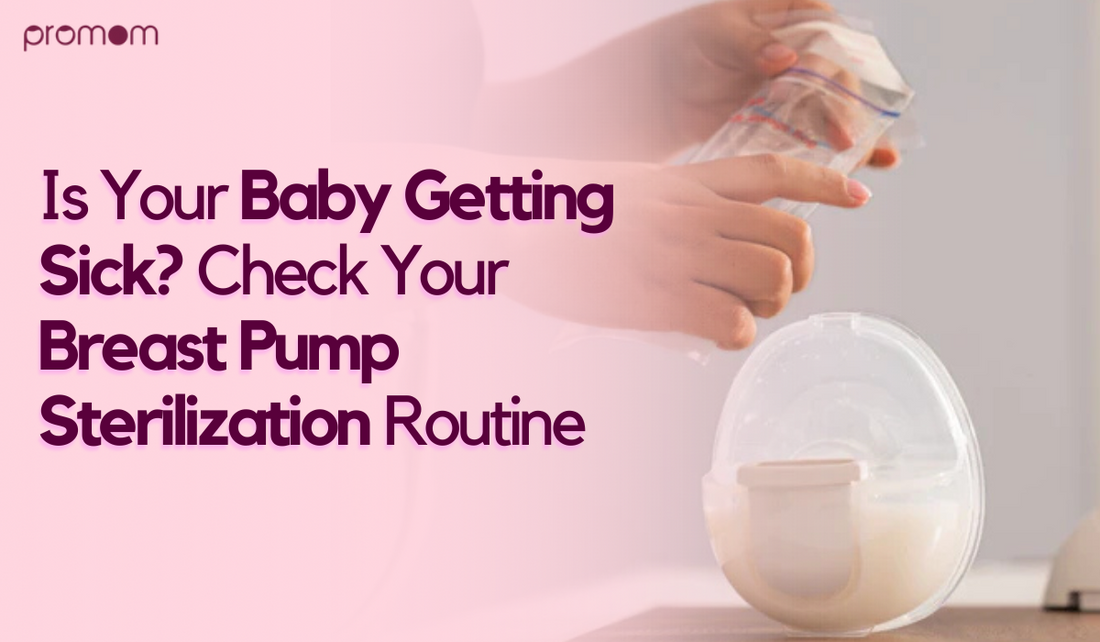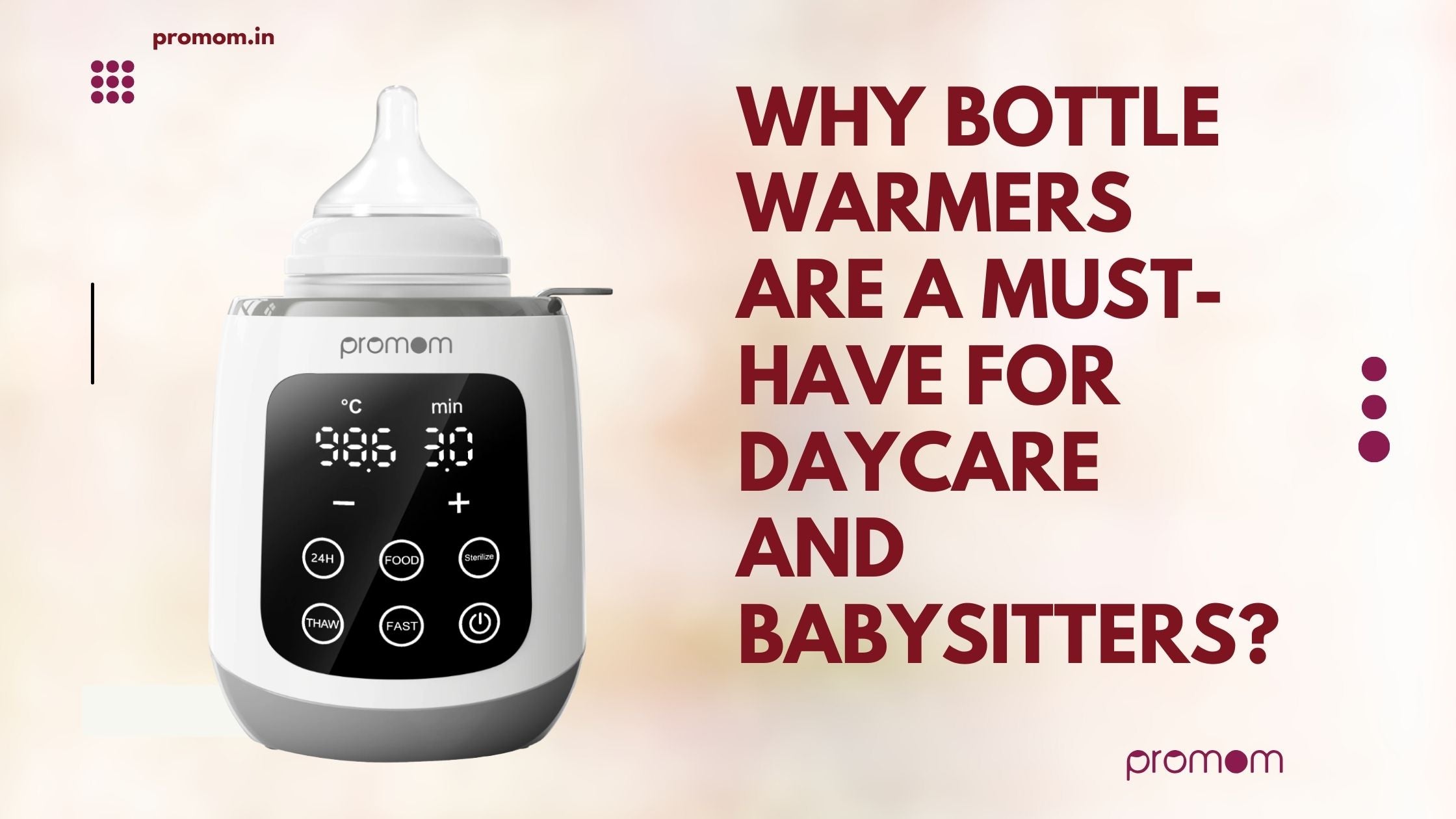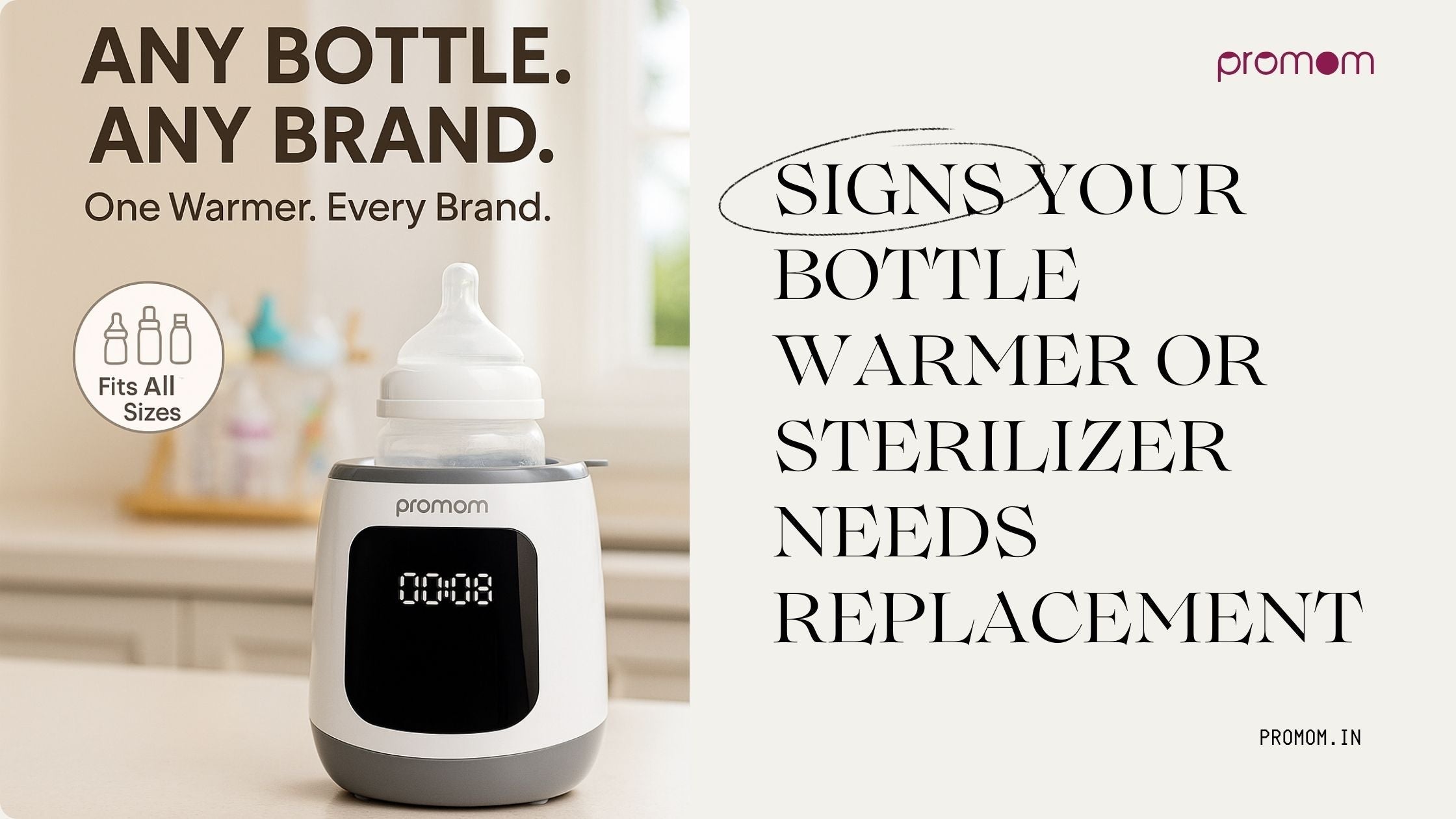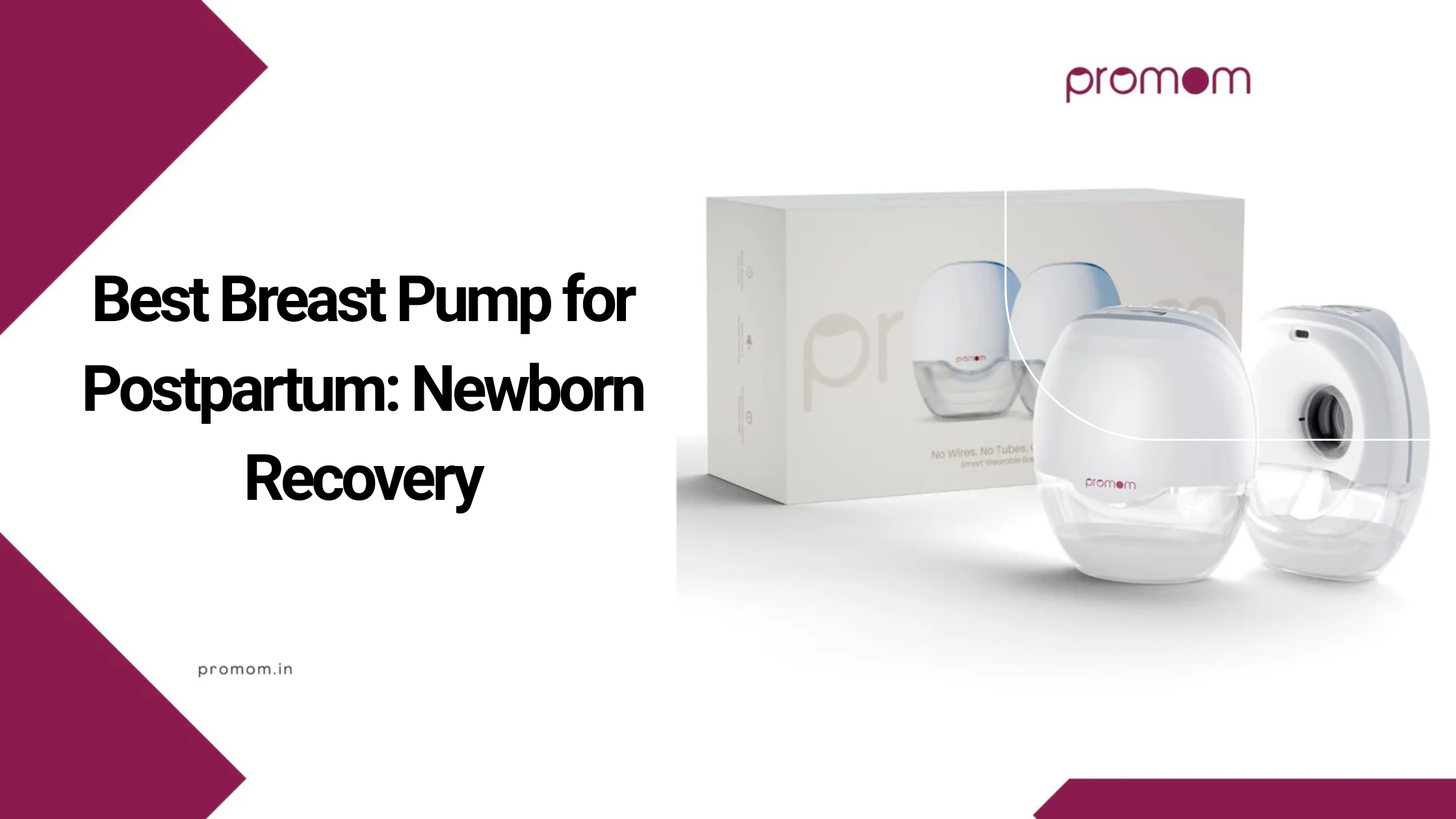
Is Your Baby Getting Sick? Check Your Breast Pump Sterilization Routine
As a new mother, bearing the health and well-being of your baby is among your top priorities. When your little one is suddenly more often getting sick, the culprit could be closer than you think: your breast pump.
Although breast milk is full of nutrients and antibodies that can help your baby, the equipment used to express it can pose a serious threat if not thoroughly cleaned of its impurities. This is where the breast pump sterilizer comes in.
In this article, we’ll discuss why it is important to boil your breast pump to ensure your baby’s health, how to sterilize your breast pump effectively, and how the right sterilizer can make things easy for you. Continue reading to keep yourself and your baby by practicing the correct breast pump sterilization routine!
Why Proper Sterilization Matters?
Breast pumps are in direct contact with your milk, which, if not kept clean, becomes a regular breeding ground for bacteria. Simple washing might not be sufficient to wash off harmful germs and bacteria even if you clean your pump after each use. Poor sterilization can cause an illness, which is particularly worrisome with respect to your newborn.
In fact, studies have shown that breast pump parts can host germs, and, as a result, regular sterilization of them is a matter of keeping your baby safe from infections and diseases. With the use of a breast pump sterilizer, you make sure your pump is free from harmful bacteria, viruses, and fungi.
How Often Should You Clean Your Breast Pump?
Cleaning your breast pump with each usage is very important, yet sterilizing is not to be done after each use. However, we are advised to sterilize your pump at least once a day or whenever our baby is sick.
If your baby is premature or has a weakened immune system, then sterilize the breast pump after every use for maximum hygiene.
Risks of Failure to Sterilize Your Breast Pump.
Failure to wash your breast pump Regularly, if you use it, you risk putting your baby at risk of exposure to the germs and bacteria. General maladies resulting from unsterilized breast pump parts may include respiratory and digestive infections, as well as ear infections. The more time you spend without correct sterilization, the greater the odds are that your baby will get ill from contaminated breast milk.
How does a breast pump sterilizer make things simple?
Apart from helping you ensure the health of your baby using a breast pump sterilizer, it also makes your routine easier.
A decent sterilizer can save you time and extra work, making your duty of raising a clean and safe baby-feeding environment easier. A lot of modern sterilizers are quick and easy to operate so that you have more time to do the things that really count.
Types of Breast Pump Sterilizers
Below are the three types that are most commonly used:
1. Steam Sterilizer:
Steam sterilizers are probably the single most popular choice among parents. They use deep heat (high-temperature steam) to kill 99.9% of bacteria and germs on your breast pump parts. Most steam sterilizers are electric and will let you sterilize a number of different items at one time.
They’re quite simple and take only 5 to 10 minutes and often include safe automatic shut-off options. Steam sterilizers are perfect for the home and provide a sound solution to daily sterilization.
2. UV Sterilizer:
UV sanitizers are a modern-day and environmentally pressing solution. Instead of heat or chemicals, they use ultraviolet light to disinfect. They are ideal for sterilizing sensitive bits and parts, and they are good because they are easy to use and silent. The UV sterilizers are especially useful when you’d like to avoid moisture, since they do dry the things during the process.
3. Microwave Sterilizer:
Easy to take along in your luggage, microwave sterilizers rely on the steam generated from the power of your microwave. Put in water and insert the parts, then microwave for a few minutes. They are cheap, portable, and work well—just what the parents need in a ready solution without special paraphernalia.
Conclusion
Be serious about your baby’s life. Now would be a perfect time to start using a breast pump sterilizer if you have not been. A simple routine of sterilization can be sufficient to make all the difference in keeping your baby happy and healthy. Select a sterilizer that suits you best and make sterilizing your breast pump a part of your daily routine.
Ready to make sterilizing easier? Visit our selection of highest-rated breast pump sterilizers at Promom and make the health of your baby your priority number one!!


